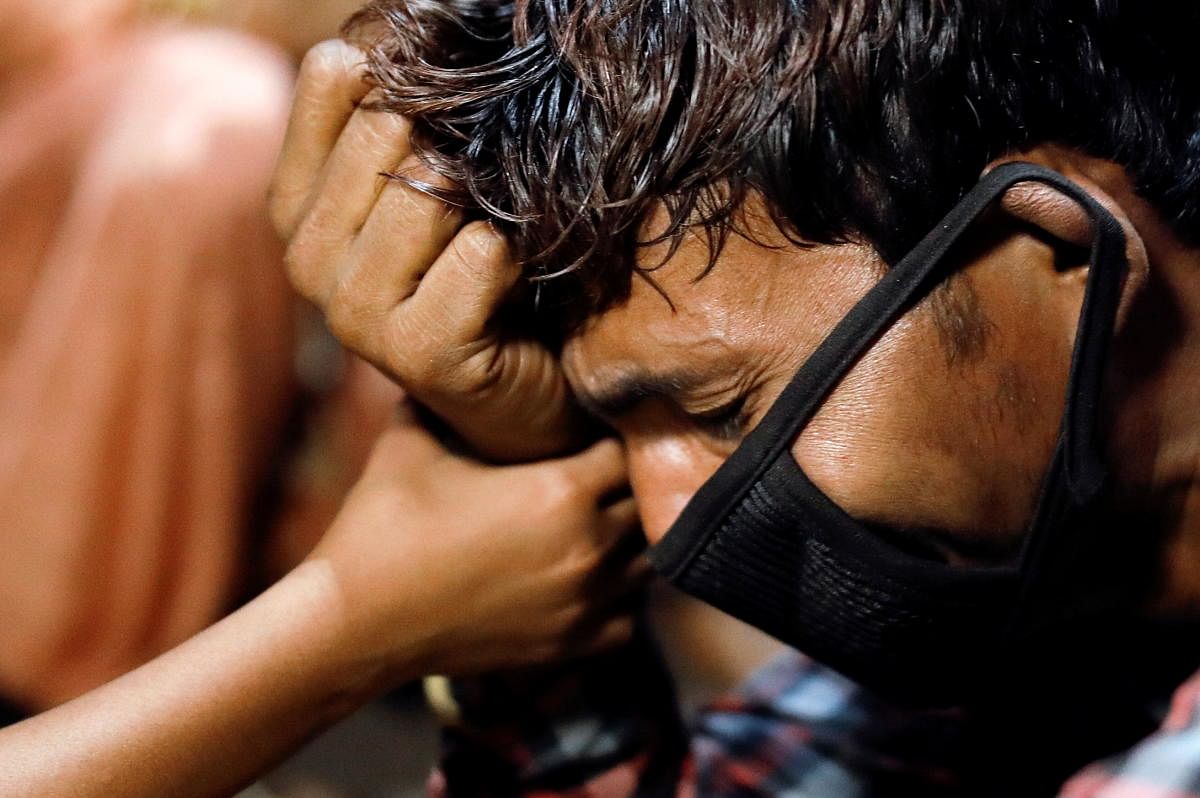
The second Covid-19 wave is worrisome for rural India. Unlike the first wave a year ago, this time the infections are in their midst rather than some distant city. However, many seem resigned to their fate. They are often required to choose between two stark choices: sickness or even death from infection in the near future or penury today. Little wonder that precautions like wearing masks and social distancing are rarely followed.
The fear about possible side effects means that the vaccination drive is only gradually picking up. Resultantly, in many rural areas, as cases increase rapidly, the lack of healthcare infrastructure means only those above 45 years of age are referred to hospitals — if there are beds available. In most cases, home quarantine is the norm.
Unlike a year ago, the impact of the second wave has been less of a bolt from the blue. Large-scale reverse migration is not discernible on the same scale, at least for the present. Such migration may also be unlikely because labourers were only gradually returning to the cities, with many having readjusted to the reality of working in the immediate vicinity — even if it meant lower wages for the unskilled and women.
The urge to migrate to big cities for work remains high but it has been tempered. Anecdotal evidence seems to indicate that about one-third of those who migrated in the past have not returned to work in cities because they could not find work for fear of Covid or their previous workplaces have not reopened.
Those who decided to go back to cities did so only because of compulsive reasons such as their inability to find work in the close vicinity or because they needed the extra money. The biggest disappointment in the aftermath of the second wave is the slow start to the rural job scheme works and the problem of pending arrears for work already completed — sometimes up to or more than two months.
The economic conditions of those who preferred not to go back to cities have deteriorated and maybe akin to asphyxiation rather than quick death: gradual deterioration in economic conditions rather than an abrupt, quick collapse. Reduced opportunities and lower wages were accompanied by increased expenses on healthcare and food.
In most cases, borrowing from informal lenders at weekly interest rates of 10% or monthly interest rates of 5% is widely prevalent. In fact, the common refrain is that informal moneylenders and pawnbrokers are the only people flourishing in the aftermath of the pandemic.
Odd as it may seem, while elections at the state or local body level are suspected to have aggravated the second wave, they provided welcome succour in the form of money spent for campaigning, campaign goodies and buying votes.
That these took place at the start of lean season for the rural economy and as cases increased means that they provided incomes to the
more vulnerable at a crucial time and served to postpone the day of reckoning by a month or two.
Farm price collapse
A problem that has come back to haunt agricultural producers is the collapse in the price of vegetables at the farm gate. This means the surplus eked out by producers in the past year has more or less vanished.
An immediate worry of this collapse in prices is that it makes raising money from informal lenders more difficult since it increases uncertainties about the ability of the borrower to withstand another harvest of unremunerative prices for produce, and thereby repay borrowings.
Last year, the rural economy and society was saved from a greater hardship only because of copious rains and good harvest.
Failure or deficient rains would be an unmitigated disaster while raising capital for the next crop season will remain a challenge.
Thus, rural India faces similar troubles as exactly a year ago, albeit with differing intensity. Unfortunately, so far, the helping hand of the government seems to be less visible as it was last year.
Resultantly, as in the past many decades, rural economy and society are left praying for copious rains this year too to mitigate an already difficult situation. Unless the situation improves quickly with the government expanding its support, the next few months will remain a gamble on the prospects of agriculture, which may well turn out to be, as one colonial official remarked, “a gamble in rain”.
(The writer is an independent researcher and advocate based in Andhra Pradesh)